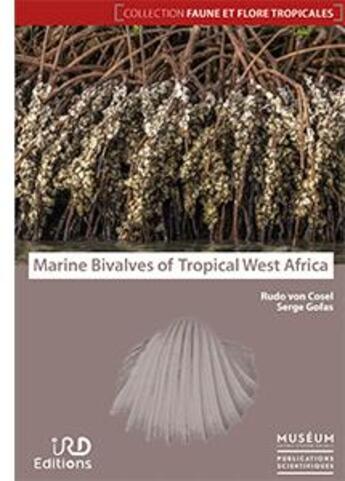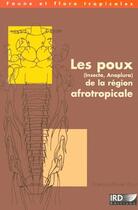-
Date de parution : 13/11/2019
-
Editeur :
Mnhn
-
EAN : 9782856538883
-
Série :
(-)
-
Support :
Papier
Résumé:
Bivalves are one of the most important groups of marine animals: they are abundant in benthic communities, they are sought after as seafood or ornament, and their shells are almost always conspicuous on the world's beaches.
This identification guide for West African marine bivalves covers 462... Voir plus
Bivalves are one of the most important groups of marine animals: they are abundant in benthic communities, they are sought after as seafood or ornament, and their shells are almost always conspicuous on the world's beaches.
This identification guide for West African marine bivalves covers 462 species belonging to 59 families, based on an extensive material collected over several decades from Mauritania (Cap Blanc) to Angola (Baia dos Tigres), and now housed in Muséum national d'histoire naturelle, Paris. Therefore, any bivalve collected in marine near shore in West Africa is most likely to be covered. Deep sea species (those normally collected below 500 m depth, an additional 150 species) are listed but not treated.
The book is profusely illustrated (over 3500 colour and 1600 greyscale photographs, 800 stippled drawings, an average of 12 views per species) so as to be accessible to the non-specialist as well. Each species is treated with: (1) a description accompanied by a drawing of the interior showing the diagnostic details of the hinge and internal impressions, and a photographic plate showing a selection of specimens from different localities across the species' range (2) an indication of distribution accompanied by a schematic map, (3) an indication of habitat, and (4) remarks, including comparisons with similar species. In the headings for each family, generic descriptions are illustrated with thumbnails of the included species, so as to serve as a visual orientation. Morphological terms used in descriptions are explained in a Glossary.
The taxonomic part is preceded by an introduction addressing the history of research, the physiography and hydrology of West African coasts, the general characteristics of bivalve molluscs and hints for collecting them.
Donner votre avis















